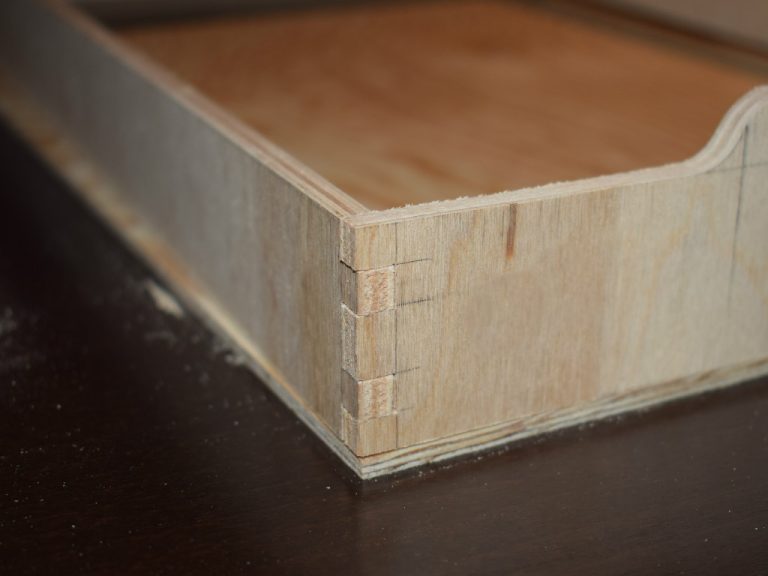Title: Bearings in Aerospace: Precision and Reliability in High-Stress Environments
In aerospace engineering, bearings are crucial for ensuring the reliability and precision of various components under extreme conditions. This article explores the role of bearings in the aerospace industry, focusing on their types, applications, and how innovations like geomembranes contribute to enhanced performance.

What Types of Bearings Are Commonly Used in Aerospace?
- Ball Bearings: Provide high-speed performance in aircraft engines and instruments.
- Roller Bearings: Handle high loads and are used in landing gear and control surfaces.
- Thrust Bearings: Manage axial loads in turbine engines and rotor systems.
- Spherical Bearings: Allow for slight misalignments in moving parts, essential in wing flaps and ailerons.
Why Are Bearings Critical in Aircraft Engines?
Bearings in aircraft engines must withstand high temperatures, speeds, and loads while maintaining precision. They play a vital role in the smooth operation of turbines, reducing friction and wear on moving parts.
How Do Bearings Contribute to Aircraft Safety?
Bearings ensure the reliability and functionality of critical systems, such as flight controls, landing gear, and propulsion. Any bearing failure can lead to catastrophic outcomes, making precision engineering and regular maintenance essential.
What Advances in Bearing Technology Are Beneficial for Aerospace?
The integration of geomembranes in bearing housings provides additional protection against moisture, chemicals, and debris. These materials enhance the durability of bearings, particularly in harsh environmental conditions encountered during flight.
Bearings are integral to aerospace engineering, providing the precision and reliability needed in high-stress environments. Advances in materials, such as geomembranes, further enhance the performance and longevity of bearings, ensuring the safety and efficiency of modern aircraft.
